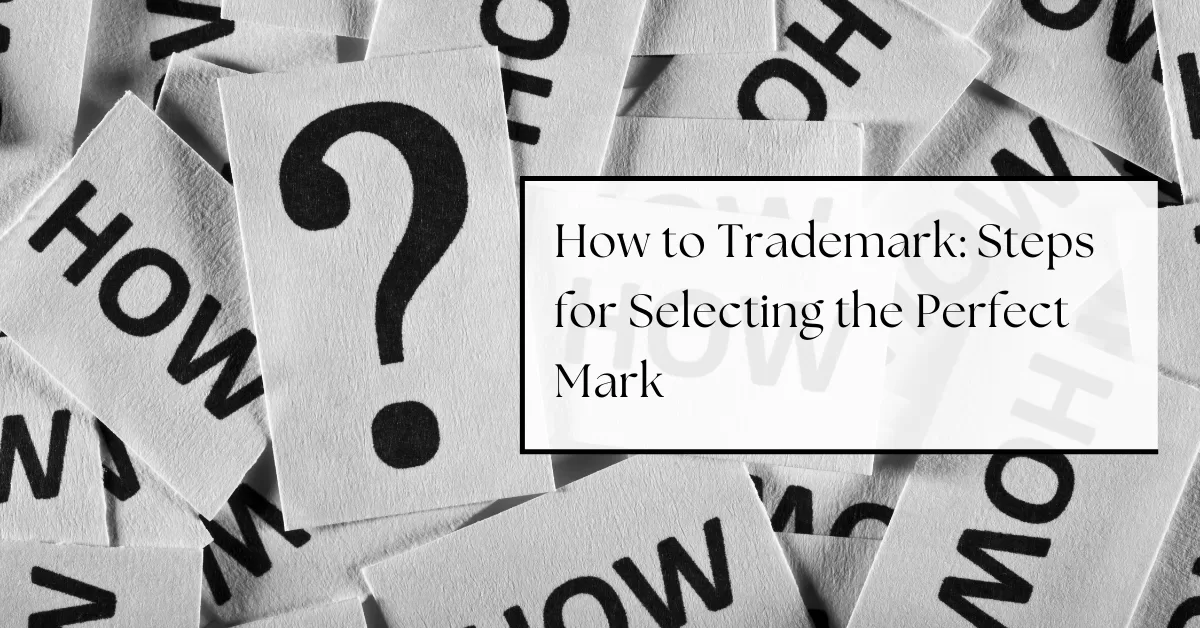How to trademark?
This is a question that many people consider when considering some of the legal aspects of securing their intellectual property. You have developed a new product and you want to select a trademark under which you would sell the product. A trademark is a brand or name which identifies the source or origin of goods or services and usually is associated with good will which already exists or is expected to be developed when the trademark is used with the product or service.
Trademarks are generally divided into various tiers of distinctiveness: (a) arbitrary, (b) suggestive, or (c) descriptive. An arbitrary trademark is unrelated to the goods; it does not describe the goods, a characteristic of the goods, or some geographical relation of the goods. A suggestive trademark suggests the goods or a characteristic of the goods; an example is HALO for shampoo it suggests brightness, for example. A descriptive trademark describes a characteristic of the goods; an example might be TRAVELFAST for travel agency services.
Several factors should be taken into account when considering the distinctiveness of you mark. On one hand, it is easier initially to market and sell products under a descriptive trademark, because these marks convey information about the nature of your goods or services. On the other hand, arbitrary marks, which bear no overt reference to the products they designate, receive a higher degree of trademark protection.
Regardless of where your trademark is situated on the distinctiveness spectrum, marks that have made a strong impression in your customers’ minds. These strong marks will both be favored by the trademark system and provide an invaluable marketing tool. A mark with strong consumer mental association can be achieved through a strategy of careful trademark selection, diligent marketing and attention to quality goods and services.
One final factor must also be considered in selecting your mark: the possible existence of conflicting marks. The primary test for determining whether a proposed trademark would conflict with an existing trademark is based on likelihood of confusion. More particularly: would an ordinary consumer seeking to purchase your product and a prior product which are offered under respective trademarks be likely to be confused as to the source or origin of the respective products? If affirmative, there probably would be a conflict.
Consideration is given to whether the goods compete with one another, the channels of distribution through which the respective goods pass, bad faith, the similarity of the marks, the care of an average consumer for that type of goods, the relative strength of the marks, and so on. The guidance of a legal team familiar with these legal and practical considerations is therefore necessary to assist in this process.
Contact your Patent Attorney to learn more.


